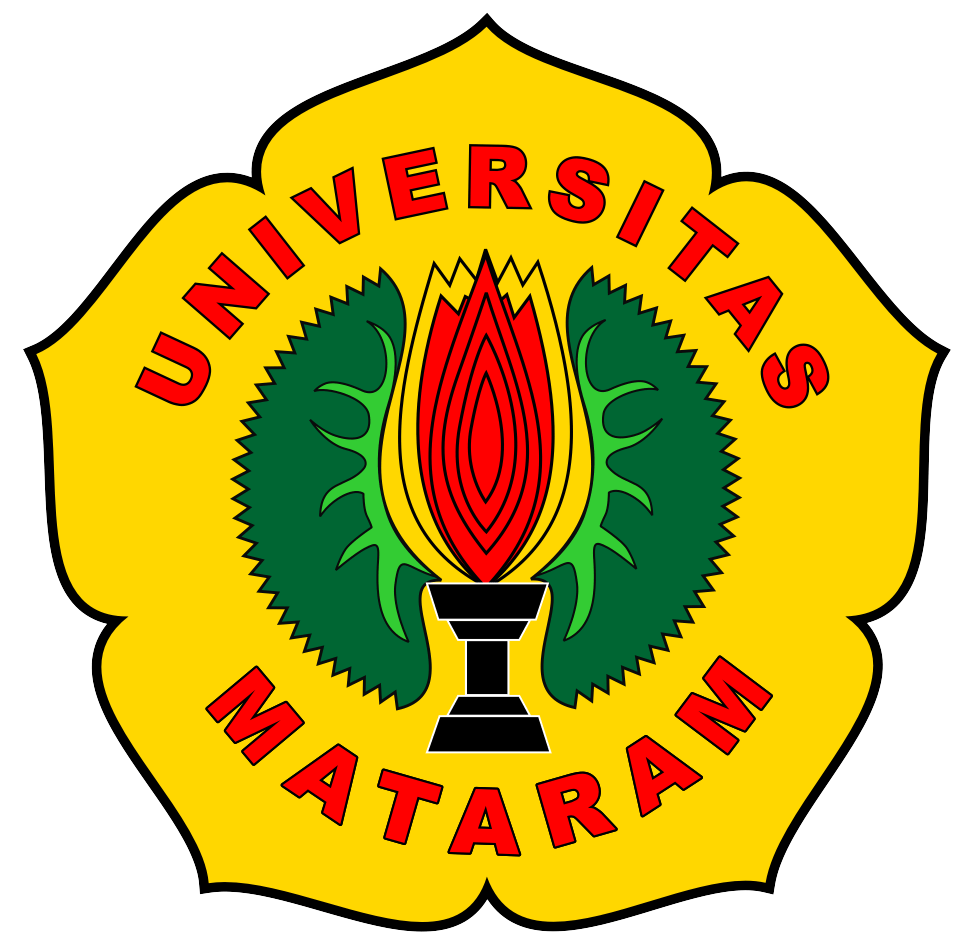Rapid Diagnostic Test (RDT) Prototype Validation Test for SARS CoV-2 Antigen in Comparison With RT-PCR Assay
DOI:
https://doi.org/10.29303/jk.v11i4.4760Keywords:
RDT SARS CoV-2 antigen, RT-PCR, sensitivity, specificity, accuracyAbstract
Background: The diagnosis of Coronavirus Disease-2019 (COVID-19) is established based on Real-time reverse transcription-polymerase chain reaction (RT-PCR). However, due to the availibity, high cost and length of time of RT-PCR, a reliable alternative is needeed. Rapid Diagnostic Test (RDT) costs cheaper, near-patient use, and if performed and interpreted correctly can be used in areas without RT-PCR or if immediate diagnosis is needed.
Objective : To evaluate the quality of RDT SARS CoV-2 prototype compared to RTPCR.
Methods: The patients in this study were patients with RDT antigen and or RT-PCR SARS-CoV-2 examination at Mataram University Hospital who had approved to be research subject. Nasopharyngeal swab sample was used for RDT Antigen SARSCoV-2 Prototype. Whereas, nasopharyngeal and oropharyngeal swab sampel were used for RT-PCR SARS-CoV-2. The value of sensitivity, specificity and accuray of RDT prototype were assessed based on the RT-PCR result.
Results: Total of 124 samples were included in this study. Approximately 39 (31.4%) were positive and 85 (68.5%) were negative. The sensitivity, specificity and accuracy of the SARS CoV-2 RDT prototype were 92.31% (79.13 - 98.38 %, 95% CI), 97.65% (91.76 - 99.71%, 95% CI) and 97.63 % (93.16 - 99.52 %, 95% CI), respectively. There were 5 discrepancies in RDT prototype results compare to the RT-PCR result.
Conclusion: The RDT SARS-CoV-2 Antigen prototype showed good sensitivity, specificity and accuracy. Hence, this RDT has the potential to be used for screening or diagnosis, especially in areas with high disease prevalence and low rescorce setting.
Downloads
Published
Issue
Section
License
Authors who publish with Unram Medical Journal, agree to the following terms:
- Authors retain copyright and grant the journal right of first publication with the work simultaneously licensed under a Creative Commons Attribution 4.0 International License (CC-BY License). This license allows authors to use all articles, data sets, graphics, and appendices in data mining applications, search engines, websites, blogs, and other platforms by providing an appropriate reference. The journal allows the author(s) to hold the copyright without restrictions and will retain publishing rights without restrictions.
- Authors are able to enter into separate, additional contractual arrangements for the non-exclusive distribution of the journal's published version of the work (e.g., post it to an institutional repository or publish it in a book), with an acknowledgment of its initial publication in University of Mataram's Journal of Medicine.
- Authors are permitted and encouraged to post their work online (e.g., in institutional repositories or on their website) prior to and during the submission process, as it can lead to productive exchanges, as well as earlier and greater citation of published work (See The Effect of Open Access).
- This journal is open access journal which means that all content is freely available without charge to users or / institution. Users are allowed to read, download, copy, distribute, print, search, or link to full text articles in this journal without asking prior permission from the publisher or author.






